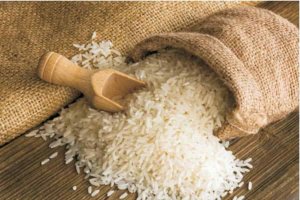 Rice is one of the staple foodstuffs of humankind, since it is the main food for almost 2/3 of the world population.
Rice is one of the staple foodstuffs of humankind, since it is the main food for almost 2/3 of the world population.
China is the biggest producer of rice, followed by India.
Greece is self-sufficient in rice, which is cultivated in the prefectures of Serres, Thessaloniki, Aitoloakarnania, Fthiótida, Kavala, Lakonia and Ioannina.
Greek rice is of high quality and very tasty due to the fact that is cultivated near seas and rivers.
Properties
Rice has low calories (100 g correspond to only 130 Kcal); that’s why it is an ideal dietary food, free of cholesterol and fats.
It is extremely beneficial for the body, since it contains all the vitamins of complex B (except B12), as well as vitamin E. It also contains iron, potassium, phosphorus and magnesium.
Starch and protein are the main nutrients both in white and brown rice. White rice also contains free sugars, fats, fibres, vitamins and trace elements.
Brown rice has greater nutritional value than white rice, as it contains a greater percentage of vitamins, proteins, fats, trace elements and dietary fibres.
Rice content in vitamins varies depending on the treatment of the grain. In particular, the removal of the bran and germ eliminates 70% of the vitamins. As a result, in regions where rice has been subjected to bran and germ removal and is a basic foodstuff, the phenomenon of vitamin deficiency (Berry Berry disease) often occurs.

